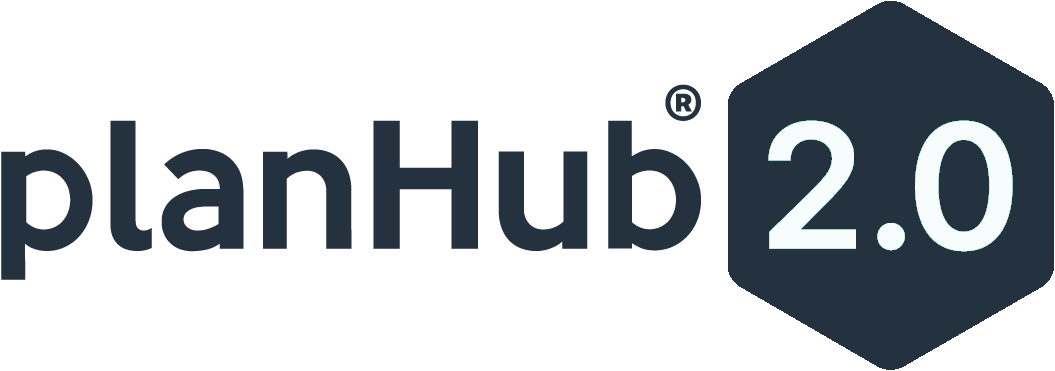- OLS Developer
If you’re looking to bid on cabinet painting jobs as a subcontractor, you have to know where to find new construction projects and how to price your work. The first step is to select the right project to bid. Construction bidding websites like PlanHub can help you find projects that fit your skills in your geographical area. Once you’ve selected a project to bid, you’ll review the bid documents, perform a work takeoff, decide how to price the work, and create your proposal.
Let’s take a more detailed look at the steps required on how to bid cabinet painting work.
1. Choose the right project
Before quoting a cabinet painting project, you must know the best projects to bid for your company. Before you spend time putting together an estimate, make sure you, the painting contractor, has the experience and skills needed to perform the work the project requires. Bid lead sites like PlanHub can help you find projects that fit both your skills and location.
2. Review bid documents or make a site visit
Part of the construction bidding process for new construction and other commercial projects you’ll most likely be responding to an invitation to bid (ITB), request for qualifications (RFQ), or a request for proposals (RFP). All of these will include plans and specifications that describe and show the scope of work to be performed. The specifications provide information on the materials to be used and how the work is to be performed. The drawings show a visual representation of the work. You’ll rely on the plans to show you the cabinet layout.
If the project is a remodel or renovation, you’ll probably want to make a site visit to preview the working conditions. It’s also a good time to confirm measurements and counts before you negotiate the terms of the different types of construction contracts.
3. Perform a work takeoff
A quantity takeoff or material takeoff is a count of the materials and supplies needed to complete the specified work. For a cabinet painting takeoff, you’ll either measure the dimensions of the kitchen cabinets or count the number of doors and drawers. This can be done by reviewing the plans with the assistance of estimation software, an electronic scale, or a ruler and highlighter. Check the finish schedule in the plans or the painting specifications to determine the prep, paint type of the exterior paint and interior paint, and finish required.
4. Decide how to price the work
Painting cabinets can be priced in a variety of ways: per linear foot, by door/drawer count, or a flat rate per opening. Which one you use will depend on your working style and the scope of work for the project.
A per linear foot estimate applies a standard price to each foot of cabinet space. The cost per foot will depend on the level of prep and finish required, plus the size of the cabinets. It is the easiest way to create to an estimate but doesn’t take into consideration the masking and other prep work required for each door/drawer/cabinet box and opening.
You may choose to price the work by counting the number of drawers and doors in a single room and establishing a flat rate for each. This method takes into account the fact that drawers take less time than doors and provides a more accurate estimate of the work required.
Another way to price is by the opening. This sets a flat rate per cabinet door or drawer face, with no distinction in price. The math is easier with this method, so it tends to be popular with most painting contractors.
Pricing should be based on past project costs and the local market. If you don’t have past data to review, you can use labor guides, like RSMeans, to get started.
5. Add overhead and profit
Company overhead includes expenses not directly related to performing project work, but that are required to keep your business running. They vary by company and are often dependent on the number of employees a company has. If you don’t know what your overhead percentage is, consult with an accountant. Profit is usually calculated as a percentage of the total cost on the painting job.
6. Write your proposal
The sales price for the project is calculated by adding up the estimated cost for paint, labor, overhead, and profit. It’s best to create a standardized form for all your proposals to ensure you’ve included everything. For more information about what a proposal should include, see our article “What Should a Construction Bid Look Like?”.
7. Review your proposal
Before sending your proposal it’s always a good idea to have it reviewed, math and all. Have someone check your work takeoff, as well as all math used to create the price. Also be sure to proofread your proposal and check formatting to ensure everything looks the way you want it to.
Finding the right job for you
In order to maintain a successful cabinet painting business, you must always be searching for new work. PlanHub helps you find cabinet painting bidding opportunities in your service area quickly and easily. Once you’ve found a painting job in one of the subcontractor bidding sites that fits your skills, use the steps above to write a winning proposal.
If you’re a painting subcontractor and you want to see how PlanHub can help you expand your business, contact us today.
How do you calculate paint for kitchen cabinets?
To calculate the amount of paint needed for kitchen cabinets, start by determining the total surface area to be painted. Begin by measuring the height and width of each cabinet door and drawer front. Multiply these dimensions to find the square footage of each surface, then add up the total square footage for all doors and drawer fronts. Next, factor in the surface area of any side panels or visible cabinet frames. Once you have the overall square footage, consider the type of paint you’ll be using and check its coverage rate, typically provided on the paint can. Divide the total square footage by the coverage rate to estimate the number of gallons needed. It’s advisable to purchase a bit extra for potential touch-ups or variations in absorbency. Additionally, if you’re applying multiple coats, adjust your calculations accordingly. Remember, careful measurements and choosing quality paint will contribute to a successful kitchen cabinet painting project.
In conclusion, mastering the art of bidding on cabinet painting jobs requires a strategic approach that encompasses various factors. By considering the cost to paint kitchen cabinets per door, you ensure transparency and accuracy in your estimates. Utilizing a reliable cabinet painting estimate method allows you to present clients with a clear breakdown of expenses, fostering trust and credibility. When determining the overall cost to paint kitchen cabinets, it’s crucial to factor in materials, labor, and any additional services. Understanding how to bid cabinet painting involves balancing competitive pricing with the quality of workmanship, establishing your business as a top choice for clients seeking value. To simplify the process, consider incorporating a kitchen cabinet painting cost calculator on your website, providing potential clients with instant estimates and showcasing your professionalism. Lastly, when optimizing your online presence, emphasize geographical keywords like kitchen cabinet painting near me to attract local clients and solidify your position in the market. By integrating these insights into your bidding strategy, you’ll not only stand out in the competitive market but also establish long-lasting relationships with satisfied customers.



